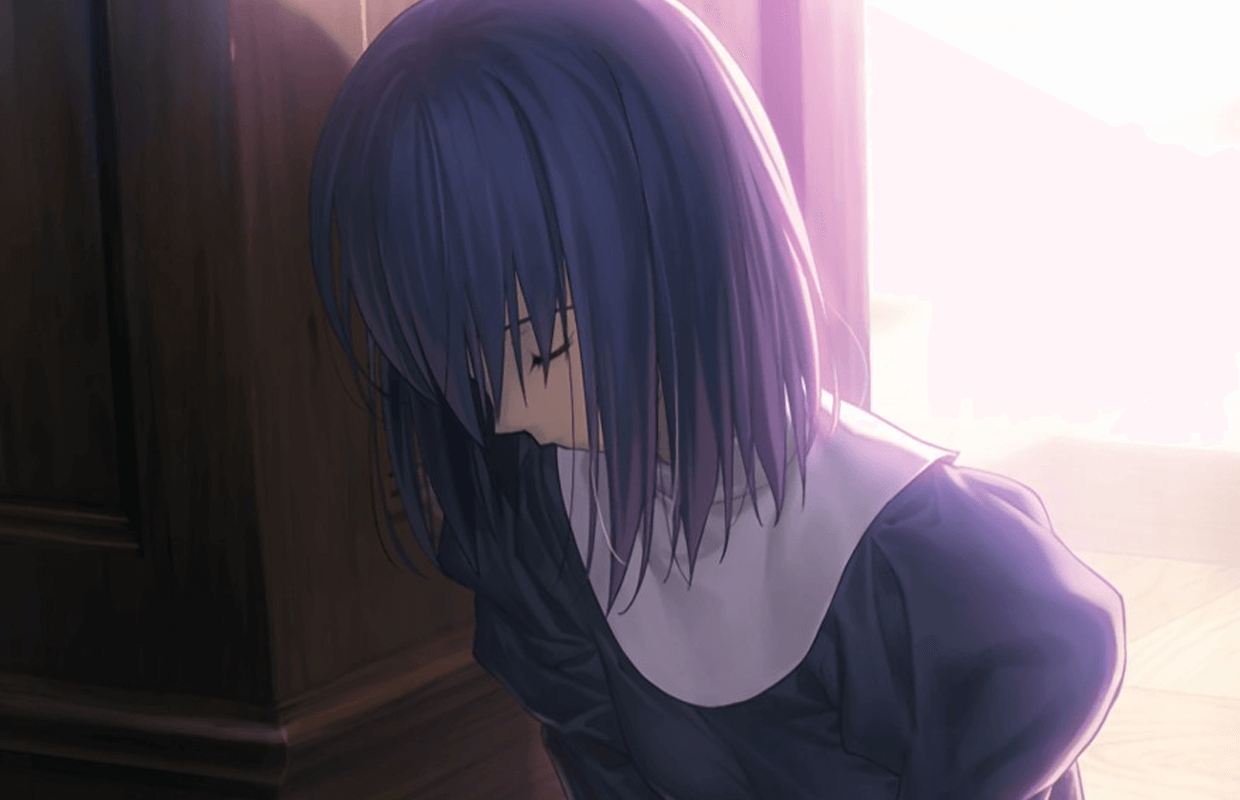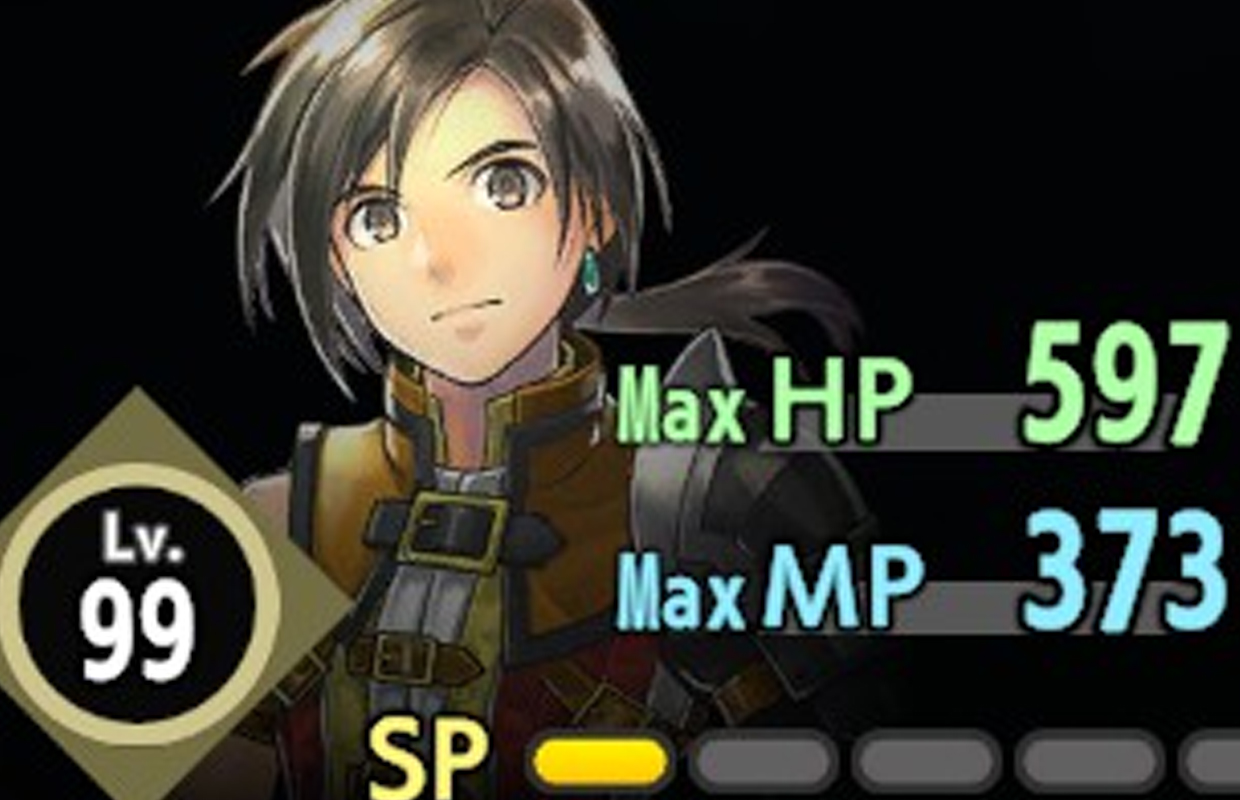Being a fan of the Fate franchise but not delving too deeply into the spin-offs, Witch on the Holy Night, or Mahoutsukai no Yoru, stands out as a fantastic addition to the Nasuverse. While the term “Nasuverse” might not be universally recognized, it refers to the shared world setting created by Kinoko Nasu. In this expansive universe, various elements, including settings and unique character abilities, are loosely interconnected. The most well-known manifestation of the Nasuverse is the Fate franchise, which involves the Holy Grail War—a battle royale where factions summon heroic figures known as Servants to fulfill their desires. However, the focus here is not on the Fate series but rather on Witch on the Holy Night, which is set within Nasu’s overarching universe. As the first creation by Kinoko Nasu, it doesn’t carry the extensive lore that later entries do. But it does establish terminologies that are found to be rather vague in Nasu’s more popular series.
Advertisement. Keep scrolling for more
It’s worth noting that Mahoyo is a kinetic novel, meaning it lacks choices and plays out like a picture book. This rerelease includes several enhancements that vastly improve the game over its original edition, which was released way back in 2012. The game now includes voiceovers, which the original PC version from nearly two decades ago does not have. The addition of voice acting has enhanced the overall experience of how a lot of scenes were portrayed. Even for players who may not understand Japanese, the performances of the voice cast captures a lot of the personalities of the characters. One thing to note is there though there are some returning characters from other Nasu works, they do not share the same voice cast as their original anime counterparts. This can be disappointing news to hear for people who are already accustomed to those original performances, but the new cast fits in extremely well. Another thing to note is that the Steam release has addressed numerous typos and odd spacing breaks from the original English console releases. I’m not sure if these fixes will be cascaded to those versions eventually. As of now, the Steam release may be considered the best version available.
Mahoyo opens with a rather uncomfortable scene, an element not uncommon in Nasu’s works that might initially unsettle new readers. The narrative of Mahoyo frequently shifts between the perspectives of its three central protagonists. The story commences with Aoko Aozaki, a member of a prestigious magecraft family, who is tasked with welcoming a mysterious transfer student, Soujuurou Shizuki, who claims to hail from the mountains. The third protagonist is Alice Kuonji, introduced a bit later as Aoko’s roommate. She appears to be extremely distant and cold. The story will mostly focus on Soujuurou as he attempts to acclimate to urban life, an unexpected discovery during his late-night endeavor unravels Aoko’s secret, setting the stage for the primary focus of the storyline.
Throughout the story, Mahoyo consistently incorporates slice-of-life elements, a staple of Nasu’s works. Despite the supernatural chaos that unfolds in the narrative, the characters manage to engage in captivating interactions with their daily lives. Some readers might perceive these segments as weak, particularly those involving certain side characters, the weakest link is arguably Housuke, Soujiro’s classmate. He appears to be a school clown used for comic relief, and I find that none of his jokes land—perhaps indicating Nasu’s struggle with writing humor. However, the story segments involving Soujiuro’s other classmates, such as Kumari and Tobimaru, showcase great interactions as you get to see how these characters work and what makes them tick.

One of the best segments in the game describes battle attacks. There is a lot of text to read, but there are also a lot of accumulating visuals that make these battle scenes way more epic than they need to be. It feels very satisfying to read. Although there aren’t a lot of them, each fight scene has a huge impact on the story. The visuals and sound design during these segments show why Type-Moon is just ahead of the curve in a rather constrained format. It makes me excited to see some of these attacks adapted to the big screen, as Mahoyo has been greenlit for a movie adaptation.

In terms of visual representation within the visual novel genre, Mahoyo is undoubtedly exceptional, surpassing many other works with its quality, though it maintains static visuals akin to a picture book. For those accustomed to Nasu’s later works, with their multiple routes and the exploration of various death flags to uncover the true ending, the structure of this game will feel different. The absence of multiple outcomes and branching paths might disappoint players who enjoy those narrative elements. However, it’s essential to consider that Mahoyo is Nasu’s initial work, and the storytelling approach in this early creation may reflect a more straightforward narrative. Although there is one small segment with multiple routes, you can only play it after finishing the main story. This serves more as a bonus chapter and is a nonfactor to the main story.
Advertisement. Keep scrolling for more
Your enjoyment of Mahoyo will heavily rely on its narrative and characters. Despite lacking multiple routes found in later Nasu works, such as Tsukihime and Fate, Mahoyo’s story remains highly engaging and is truly worth the long wait in English. If you’re into the Nasuverse, do yourself a favor and give this game a read.
8





